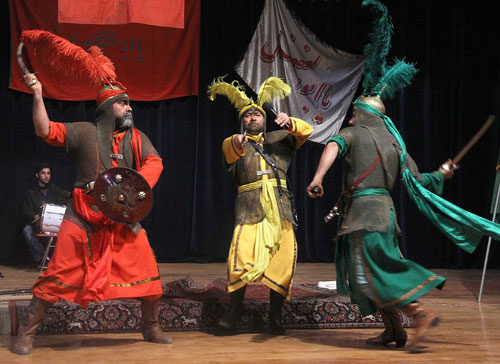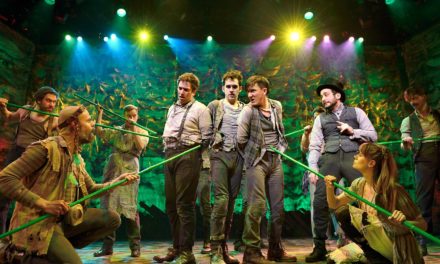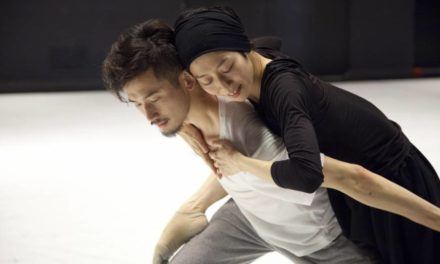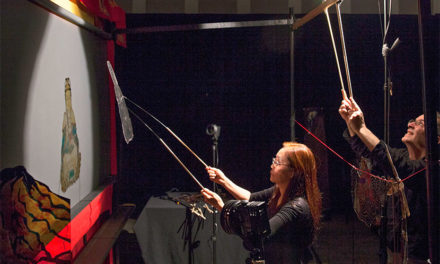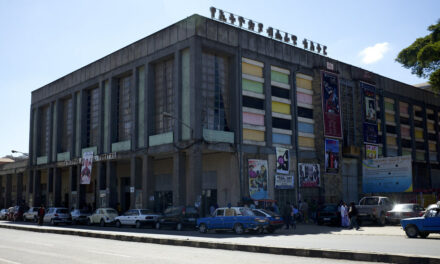Muharram, the first month of the Islamic (lunar) calendar, coinciding this year with the seventh month of Persian calendar and October in Christian calendar is the month of mourning for most Shi’ite believers in Iran. Thousands of men and women participate in a series of commemorative mourning rituals during the first ten days of Muharram. These rituals often include Tasua’ and Ashura processions, and various forms of the rowzeh khāni (sad story-telling and dirge singing). The most important and popular of these commemorative performances are Ta’ziyeh. During these days, religious people, whether living in rural or urban areas, finance and participate either as performer or spectator in Ta’ziyeh. Ta’ziyeh narrates the epic struggle and tragic martyrdom of Imam Hossein and his 72 companions by the army of Caliph of time (Yazid). Imam Hossein was the 3rd Shi’ite Imam and grandson of Prophet Mohammad, and the event known as Karbala event happened on the plain of Karbala, 96 km southwest of Baghdad, Iraq in 680 CE.
This month, several theatres including Vahdal Hall, City Theatre Complex, and Safagh House of Culture in Tehran stage various Ta’ziyeh plays. Safagh House of Culture, located in Tehran city centre, stages four performances of Ta’ziyeh directed and performed by Aemeh Athār Ta’ziyeh group. Two of these performances narrate the epic martyrdom of sons of Imam Hossein and two other narrate the martyrdom of Hossein’s two loyal companions that happened at noon of Ashura (the 10th day and climax of Karbala event).
Ta’ziyeh stage décor and props are quite minimal and very symbolic. The events are narrated and enacted in a non-chronological way; the scene change is indicated by actors jumping off the stage ring, or they may circle the stage. The musical intervals also show the passage of time.
Costumes are very representational. There’s no historical accuracy, but the color symbolism and ornaments represent the characters and their nature, e.g. villains are dressed in sumptuous red clothes, and protagonists appear in white and green clothes. Male play the role of women. Thus there are several cases of cross-costuming. Ta’ziyeh is rooted in Persian literary tradition, mythology and folk poetry. Commemorating the death or martyrdom of Persian heroes had a long tradition that predates Ta’ziyeh. The most well-known traditions are the unjust killing of Prince Siāvash and the Memorial of Zarir (Yadgār-e-Zariran). In the latter mourning performance, Zarir, a distinguished warrior is martyred in the battle for converting to Zoroastrianism. In all three narratives, Imam Hossein, Siāvash, and Zarir are portrayed as righteous individuals seeking true humanity and free spirit.
Regardless of their size, all Ta’ziyeh stages that are often built in large halls called husseiniyeh are constructed as theatres-in-the-round. This architecture fosters a strong spectator-performer relationship. Although Ta’ziyeh has strong non-illusionistic conventions, it ends with a moment of such intense sadness that causes the audience weep and sob. Talking about the spectator-performer relationship, the created synergy has huge cathartic effects for Shi’ite devotees. This unique feature of Ta’ziyeh has impressed artists like Peter Brook and Jerzy Grotowski.
In Ta’ziyeh, both vocal and instrumental music are used. Drums, trumpets, flutes, and cymbals. Drum music announces that the troupe has arrived. Next, a fanfare is played while the actors walk into the performance area, and then the performance opens with the pishkhāni, or prologue, which is sung by the chorus who may sing their lines in antiphony (call and response), sometimes rowzeh-khani (sad story-telling and dirge singing) accompanies prologue. This sets the mood and presents a summary of the plot.
Except for contemporary Western-type theatre, Ta’ziyeh is the only serious drama ever developed in the Islamic world. Its golden age was during Qajar dynasty (1789–1925). The Qajar princesses sponsored Ta’ziyeh performers who performed in front of exclusively female spectators. In these performances, all roles were performed by female actors who were storytellers or entertainers. When playing the male roles, they dressed up as men, had makeup and beards and mustaches.
In Iran, the event of Karbala and its artistic presentations have a major position in continuing Shi’ite religious and cultural memory. Although Ta’ziyeh was outlawed during Pahlavi dynasty, today, it is performed throughout Iran, but also in countries with significant communities of Shi’ite Muslims. To it is of utmost importance to preserve and revive the memory of Imam Hossein and his sacrifice, as they intend to follow his famous quote on the day of Ashura, “Every day is Ashura, every land is Karbala.” Ta’ziyeh has socio-political associations, throughout Iranian history, dissident artists and groups have used it as a framework for explicit protest against the dominant rulers.
This post was written by the author in their personal capacity.The opinions expressed in this article are the author’s own and do not reflect the view of The Theatre Times, their staff or collaborators.
This post was written by Marjan Moosavi.
The views expressed here belong to the author and do not necessarily reflect our views and opinions.

